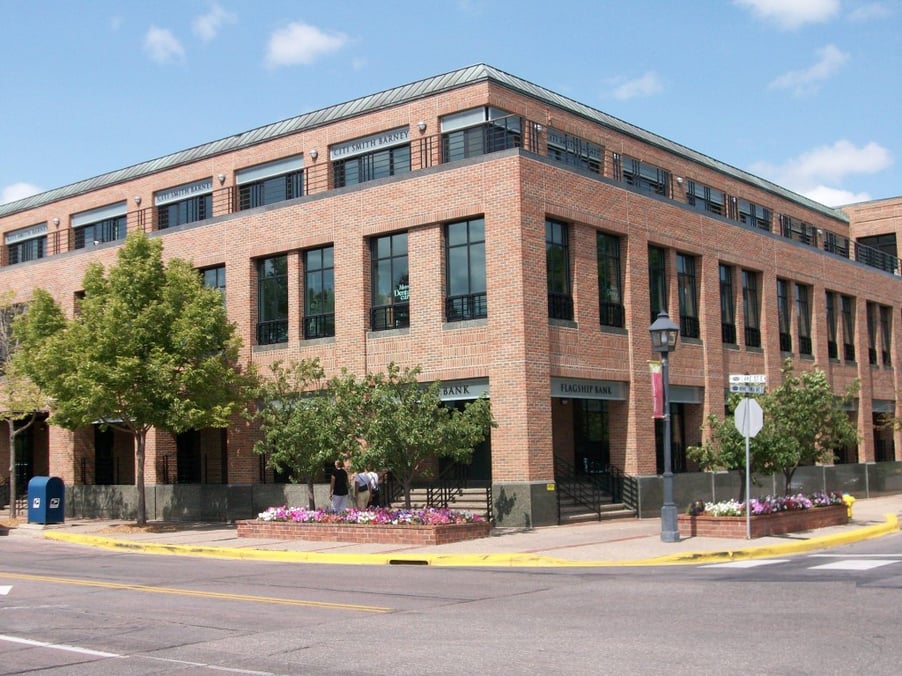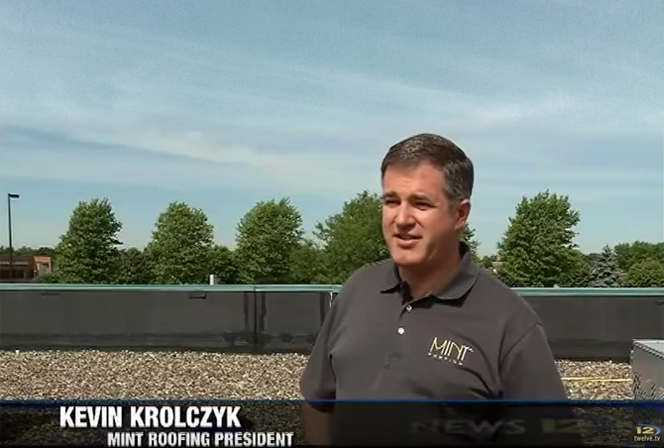
If you are a commercial property owner or facility manager, managing your property consists of both managing the day-to-day responsibilities and planning for the long-term capital improvements, including replacement reserve items. Day-to-day responsibilities will continually take up most of your time but setting aside replacement reserves and a capital improvement plan are an important part of managing commercial real estate.
What are replacement reserves?
Replacement Reserves are funds set aside that provide for the periodic replacement of building components that wear out more rapidly than the building itself and therefore must be replaced during the building’s economic life (short lived items). Common examples are the building’s roof, heating, ventilation, and air conditioning (HVAC) systems, and the parking lot surface. They do not include minor items such as light fixtures, paint, etc…
Why are replacement reserves important?
Replacement reserves generally are repair items that, depending on the cash flow of the property and level of repair or replacement, can be a material expense in the year incurred. Our experience has been that if not properly set aside and planned for, it may require the owner to go back to the bank for a loan to finance or could create other cash flow issues depending on the level of repairs. The result is a further increased cost of the repair.
How much should a commercial property owner set aside for replacement reserves?
The amount of the replacement reserves is dependent on the quality of construction, maintenance, age, and timing of the property acquisition. It is advisable to have a reliable vendor estimate the useful life so you have a good indication about what will need to be replaced over the intended holding period and allow you to work backwards into an appropriate replacement reserve amount.
Roofing is one primary item to manage and monitor. How can commercial property managers plan according?
At Flagship Bank, we are proponents of preventative maintenance and management of planned capital expenditures. A prime example of this is managing your commercial roof. An article from Buildings Magazine website indicates:
“Proactive versus reactive maintenance is a good place to start. Owners and facility managers who react to problems as they occur, pay an average of 25¢ per square foot annually for maintenance. Owners and facility managers who inspect and repair routinely (proactively) – before problems happen – spend an average of only 14¢ per square foot annually. Plus, proactively maintained roofs last an average of 21 years compared to an average lifespan of 13 years for reactive maintenance1. The longer you can extend your roof’s life before replacement, the more your overall savings increase and your life cycle costs decrease.”
In the Minneapolis and St. Paul Metro area, a preferred roofing program is Mint Roofing, Inc.’s TopSite Protection and Prevention. A locally based company in Long Lake, MN, Mint Roofing, Inc. has been serving the area since 1950 and has proven experience in identifying, repairing, and installing new roofs on commercial buildings throughout Minnesota. Furthermore, as a Minnesota State-Approved Cooperative Purchasing Vendor (CPV), Mint Roofing is certified to provide commercial roof repairs, maintenance and replacement up to $75,000 for the entire metro area, and much of Minnesota for school districts, counties, cities, and other non-profit or governmental agencies.

As Kevin Krolczyk, President of Mint Roofing, states very well, “I like to use the analogy of the dentist, do you want to wait until it hurts, or do you want to prevent it from hurting?”
In conclusion, replacement reserves are an important line item in any commercial real estate proforma.
Factoring replacement reserves by estimating the remaining useful life of your roof, HVAC system, and other major building components is an important part of managing commercial real estate. We encourage partnering with roofing firms, like Mint Roofing, Inc., and HVAC maintenance providers as a proactive strategy to reduce unforeseen expenses and potentially lengthen the life of existing assets. It is important to manage and monitor these expenses not only after you purchase a commercial property but in the estimation of the net operating income as you acquire the property. If you want to learn more about investing in real estate, please check out our Guide to Investment Real Estate.
We have invested in expert people, systems, and industry knowledge that make us a market leader in a field often dominated by very large banks. If you or your Minneapolis/St. Paul Metro Area closely-held business, nonprofit organization, or real estate company could benefit from a bank that delivers specifically for you, please give us the opportunity to review your banking needs. We are committed to making our clients successful. Your success is our business!
Flagship Bank Minnesota is a Member FDIC and Equal Housing Lender.
https://www.flagshipbanks.com/
- Roofing Contractor, November 9, 2009





